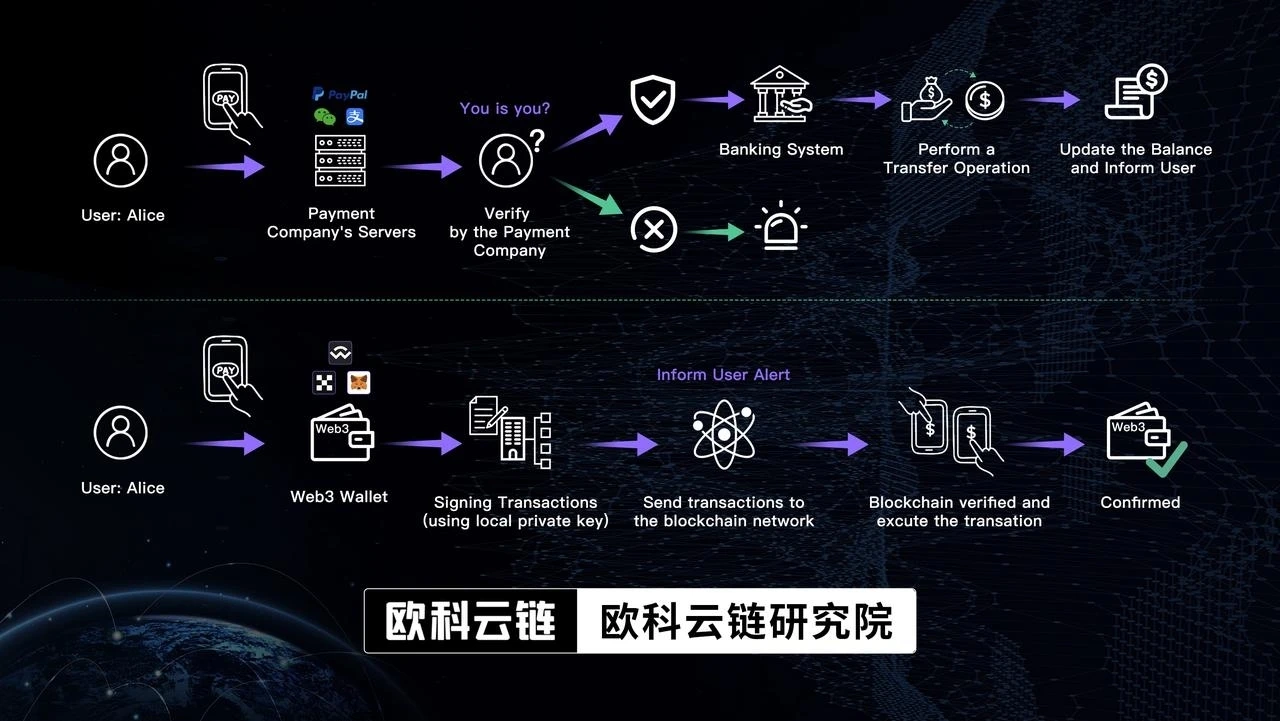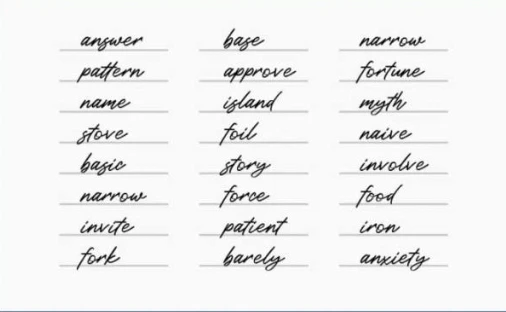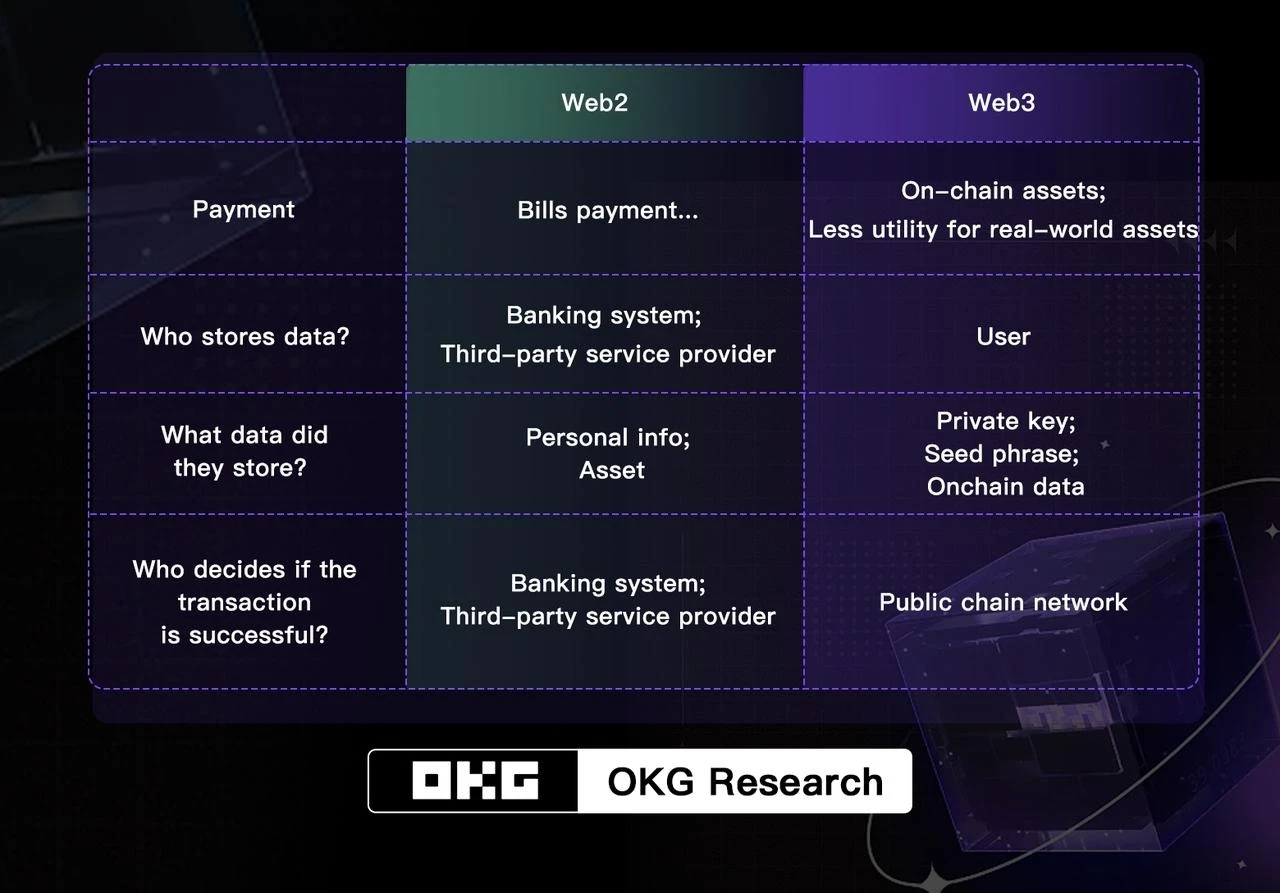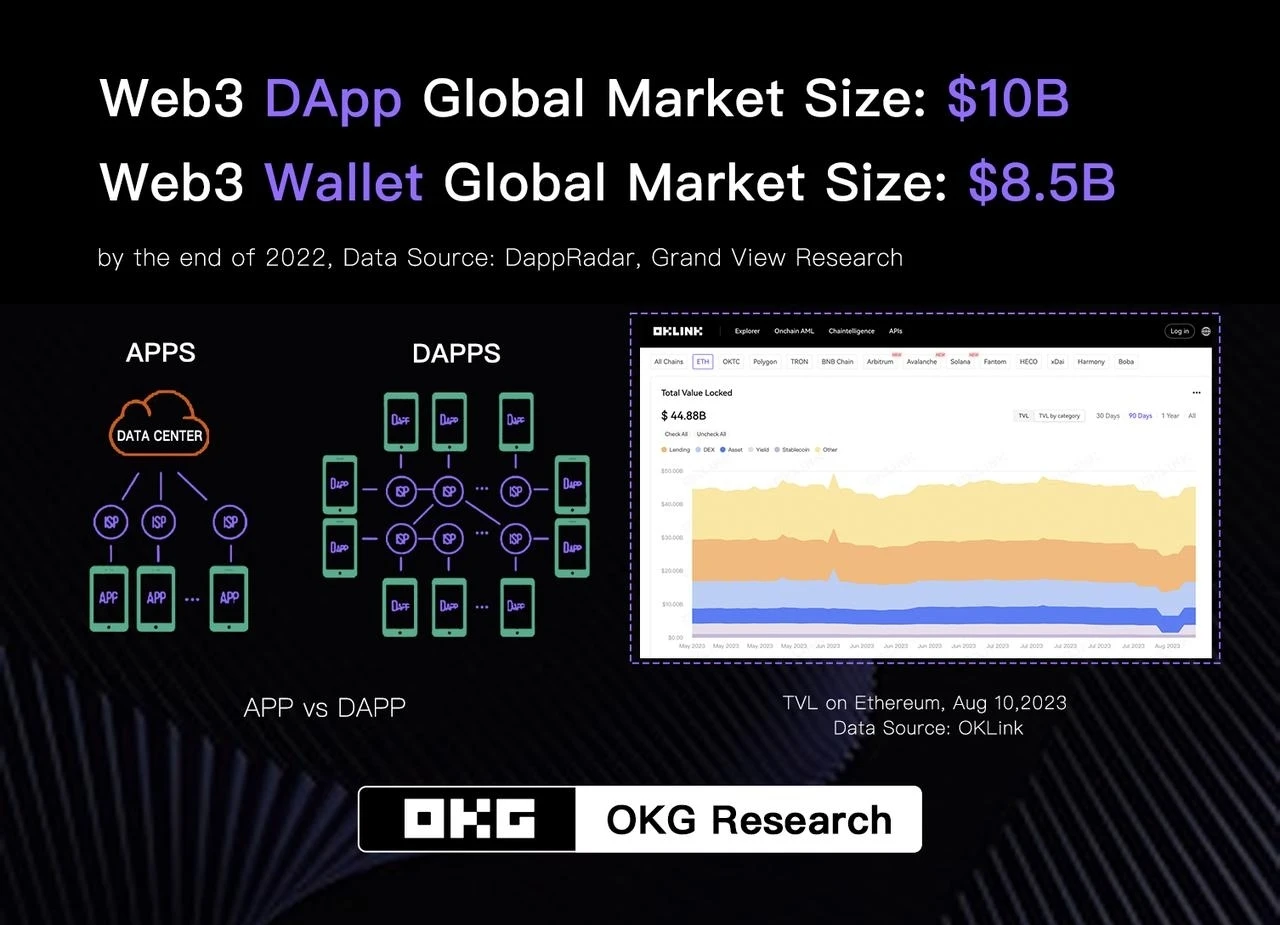Source: Okex Cloud Chain Research Institute
Author: Hedy Bi
On the occasion of PayPal's launch of stablecoins and the ensuing industry discussion, blockchain Aptos announced yesterday that it will cooperate with Microsoft to explore innovative solutions related to asset tokenization, digital payments, and central bank digital currencies. Despite Bill Gates' ambivalent attitude towards cryptocurrencies, Microsoft has been laying out Web 3 since 2015, a whole 5 years earlier than PayPal. However, both giants, whether Microsoft starting from cloud services or PayPal starting from using Paxos Trust to support encrypted payments, converge on the web 3 payment field. Not only do tech giants focus on the web 3 payment field, but also native crypto company Circel recently released its own programmable web 3 wallet.
Why would PayPal, which already has a great user experience, and Microsoft, which has stable profits in web 3 cloud services and investments, delve into web 3 payments? What motives are behind the substantial investment of technical resources by leading web 3 companies such as OKX Web 3 Wallet and MetaMask in the web 3 wallet track?
Archimedes once said, "Give me a lever long enough and a fulcrum on which to place it, and I shall move the world." Web 3 wallets may become the fulcrum that leverages the growth of the Web 3 domain for both new and old tech giants.
Decentralized Trust
For users, using Web 3 payments, particularly Web 3 self-custody wallets (referred to as Web 3 wallets hereafter), is as secure as keeping gold or jewelry in their own home safe. There is no need to go through banks or other financial institutions, nor to store personal data on third-party service cloud platforms or company servers. This allure is empowered by the distributed technology behind Web 3. By using Web 3 wallets, users can safeguard their private keys, and the private key information is locally stored.
Web 3 self-custody wallets and payment companies such as OKX Web 3 Wallet, MetaMask, and WalletConnect (for example, PayPal's implementation of Web 3 payments in collaboration with MetaMask) differ significantly in terms of technical architecture, security and control, and on-chain applications.
1. Product Architecture: Taking user Alice's transfer as an example, the difference between a Web 3 wallet and the payment app we currently use is evident from the comparison in the image below. When Alice initiates a transaction, from user-initiated transaction to account identity verification, confirmation, and execution of the transaction, the traditional payment company's processes are all on a third-party server or a cloud server that the company collaborates with, owned by a centralized institution that has access to the user's sensitive information and transaction data; whereas the operations of a Web 3 wallet are on a decentralized blockchain, with functionalities such as transfers executed through smart contracts, which means that users truly have control over their assets from a technical standpoint.
Specifically, users use private keys to control and manage on-chain assets, just like having a digital signature pen that is exclusive to you. Only by using this pen to sign, can others verify the signature to confirm that it is your intention. Your transactions will be broadcasted and verified throughout the blockchain network, and ultimately completed.

2. Control and Security: If Alice chooses to use a payment app on a smartphone, she needs to trust a third-party organization to protect her assets and personal information. Since the third-party organization can collect, use, and share user data, there is a risk of sensitive data leakage or misuse of data. In terms of security, traditional payment companies face the risk of a single point of failure. If the centralized server encounters a failure or attack, users may be unable to access their assets or carry out transactions.
In contrast, when a user uses a Web 3 wallet, they can independently manage their assets by controlling the private key, without having to hand over their assets and data to others. Therefore, the safekeeping of the private key becomes a major challenge.

Image: User recording mnemonic words (using mnemonic words to restore the private key and gain access to the wallet and on-chain assets)
According to data compiled by OKLink, in 2022, the largest losses of user digital assets were caused by private key leaks and losses, reaching up to $930 million, accounting for about 40% of total losses.
Currently, leading Web 3 wallets such as OKX Web 3 Wallet and MetaMask have supported Account Abstraction (AA) technology to implement social recovery of private keys. By splitting the private keys into multiple parts and distributing them to designated individuals for secure storage, users can recover access to their wallets by contacting and collecting a sufficient number of key parts.
This not only enhances the security and flexibility of Web 3 wallets but also seamlessly integrates with user experience. Last week, we also mentioned that OKLink has supported the resolution of AA accounts and Uop (User Behavior) queries, allowing users to accurately view their fund flow records on the blockchain through a block explorer.
In addition to social recovery, Secure Multi-Party Computation (MPC) wallets without private keys are also at the forefront of industry technology. For example, OKX Web 3 Wallet pioneered the Emergency Export function, which achieves true decentralized self-custody without private keys.
"Balancing security and convenience is never easy." Elbert Xu, the product manager of OKX Build, expressed this during a discussion with OKG Research.
Below, let's summarize the differences between Web 2 and Web 3 payments once again:

Image comparison between Web 3 Wallet and Web 2 Payments
3. Decentralized Applications (DApps): When Alice can easily navigate the Web 3 Wallet, she can start experiencing Web 3 surfing, connecting with decentralized finance (DeFi), NFT markets, and metaverse games through her Web 3 Wallet. The Web 3 Wallet not only supports the management of encrypted assets but also allows participation and expansion of various DApps on different blockchains.
On the other hand, most payment companies that collaborate with encryption technology companies can only provide storage and transfer functions for a few major encrypted assets. Payment companies serve as payment gateways in these scenarios.
For example, in the most active Ethereum ecosystem where DApps thrive, according to OKLink data, the total locked value (TVL) on the chain has reached 45.17 billion US dollars, achieving several tens of times growth in just 3 years. The Web 3 Wallet is a tool closely integrated with the DApp ecosystem, providing direct access and use of DApps. Currently, for instance, OKX Web 3 Wallet allows users to reach over 5,500 DApps, with over 500 DApps already integrated within the wallet. Meanwhile, Web 2 payment apps mainly focus on traditional centralized payment and transfer functions, without direct interaction with DApps.

Web 3 Wallets are "De-Walletizing"
In addition to providing a leading solution that eliminates the need to worry about storing private keys, Web 3 Wallets are also striving to integrate into usage scenarios, a direction known as "de-walletization," which is an industry-leading trend.
Take NBA Top Shot as an example, where users initially see options to purchase NFT collectibles, and the wallet functions as the backend for storing these digital assets. For example, the presence of plugins and mobile applications will continue to diminish.
In order for Web 3 to become mainstream, Web 3 Wallets should be seamlessly integrated into the user experience, almost to the point where users are unaware of their existence.
With more and more payment companies entering the Web 3 space and incorporating encrypted assets into their asset categories, this will attract a significant amount of attention from users to the crypto field. "This is a long-term positive for the industry because efforts in admission, reputation, public education, and other payment companies will lead to a broader acceptance of blockchain and blockchain-based business applications," said Austin Champbell, a professor at the Columbia Business School, in a conversation with OKG Research.
However, we believe that this is only the tip of the iceberg in terms of the progress being made in Web 3 payments. The true advantage of Web 3 Wallets lies in providing users with greater security, privacy protection, and control, without relying on centralized institutions.
Web 3 Wallets are the gateway to the future digital economy. Through Web 3 technology, individuals can become participants in the digital economy, driving the establishment of a gradually decentralized and value-monopolization-free economic and social model. This will redefine our understanding of digital assets and value.
Note: The Web 3 wallet is a digital wallet designed for interacting with decentralized applications based on blockchain technology, used for storing and managing digital assets. There are generally self-custody wallets and custodial wallets. The Web 3 wallet discussed in this article refers to the Web 3 self-custody wallet.










